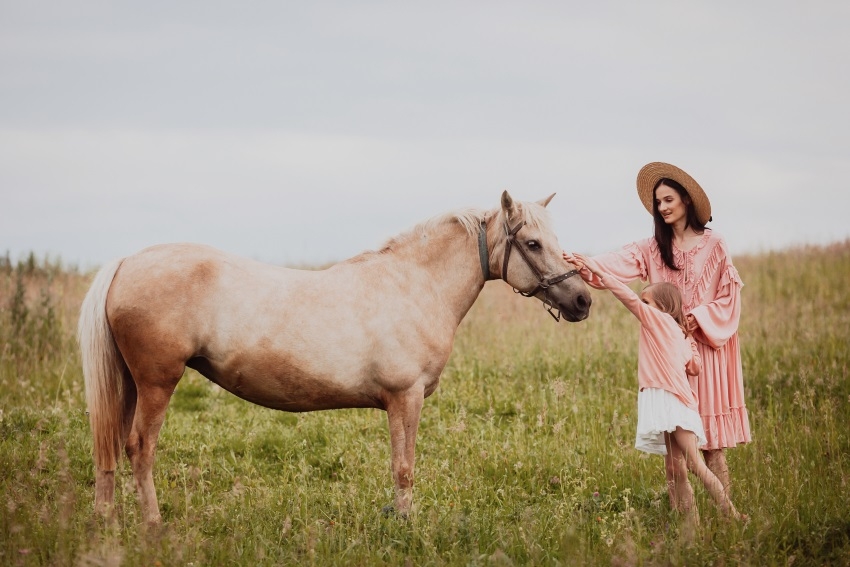Possessive pronouns and adjectives: form
A possessive pronoun is a pronoun which is used to show ownership, while a possessive adjective is an adjective that is used to show ownership. Below is a table of all the possessive pronouns and adjectives in English.
| PERSON | PRONOUN | ADJECTIVE |
| 1st singular | mine | my |
| 2nd | yours | your |
| 3rd (female) | hers | her |
| 3rd (male) | his | his |
| 3rd neutral | its | its |
| 1st plural | ours | our |
| 3rd plural | theirs | their |
Possessive pronouns and adjectives: use
A possessive adjective comes before a noun in a sentence, while a possessive pronoun stands alone, and can be used in place of a noun, such as in the sentence: 'This is mine'.
Here are some examples which show where possessive pronouns and adjectives can be used in a sentence:
- This is *my* horse, Fred. (The possessive adjective 'my' comes before the noun.)
- This horse, Fred, is *mine*. (The possessive pronoun, 'mine', does not come directly before or after the noun.)
- That is *his* book. (The possessive adjective 'his' comes before the noun.)
- That book is *his*. (The possessive pronoun 'his' does not come directly before or after the noun.)
Examples of possessive pronouns in a sentence:
- The cat that was stuck up the tree was *ours*. (The cat up the tree belongs to us.)
- This pencil is not *mine*. (This pencil does not belong to me.)
- I think this book is *yours*. (I think this book belongs to you.)
- The coffee on the table was *hers*. (The coffee on the table belongs to her.)
Examples of possessive adjectives in a sentence:
- I missed *my* bus.
- She forgot to bring *her* pen to school.
- They didn't eat *their* dinner.
- The cat tried to chase *its* tail.
Possessives: questions
The word 'whose' can be used when a question is being asked about ownership. We use 'whose' to find out which person an item or thing belongs to. Questions using 'whose' can be formed in one of two ways:
- *Whose* coffee is this? OR *Whose* is this coffee? ("Who does this coffee belong to?")
Here are some further examples of possessive questions:
- *Whose* coat is this? (Who does this coat belong to?)
- *Whose* shoes are these? (Who do these shoes belong to?)
- *Whose* dog is barking in the garden? (Who does this dog belong to?
Possessives: reciprocal pronouns
Reciprocal pronouns express a mutual action or relationship. In English, there are two reciprocal pronouns: each other and one another. We use the possessive form of these reciprocal pronouns when we talk about ownership:
- Each other's, which is used to describe the relationship between two people.
- One another's, which is used to describe a relationship between more than two people.
Here are some examples of these reciprocal pronouns in use:
- Sarah and Jane share *each other's* clothes. (Sarah and Jane share their clothes with Sarah and Jane.)
- The dogs are always stealing *each other's* blankets.
- The kittens were always eating *one another's* food.
- The children enjoyed sleeping over at *one another's* homes.
Now that you know how possessives work in English grammar, here are some exercises for you to complete to help you practice your new knowledge. Follow the links below.




